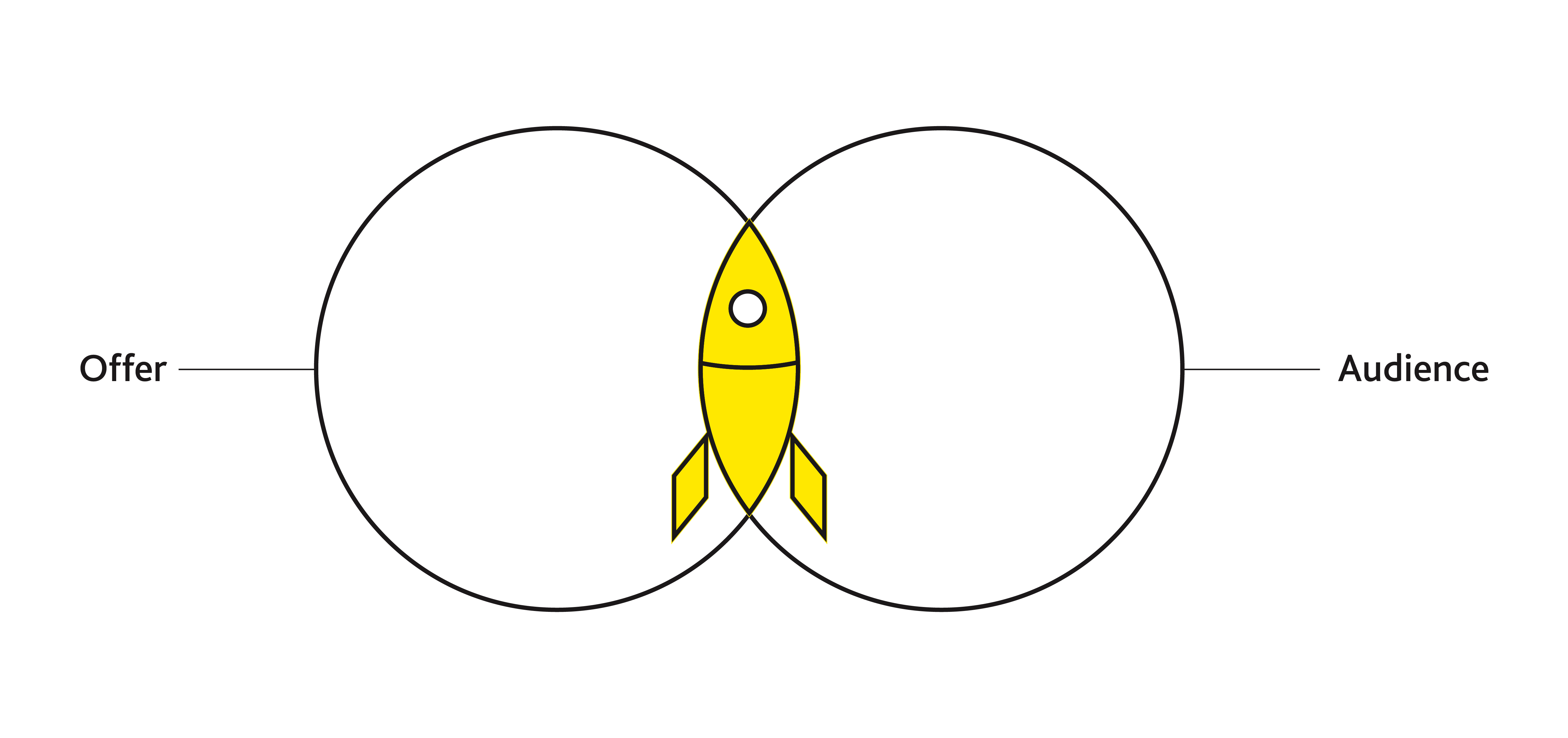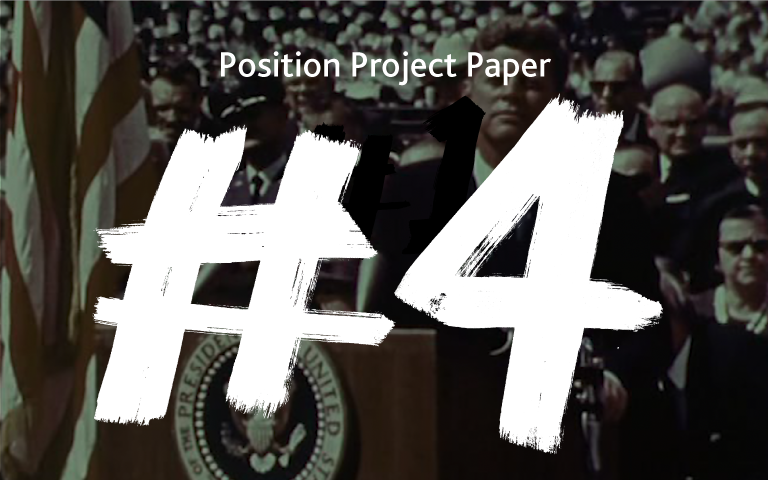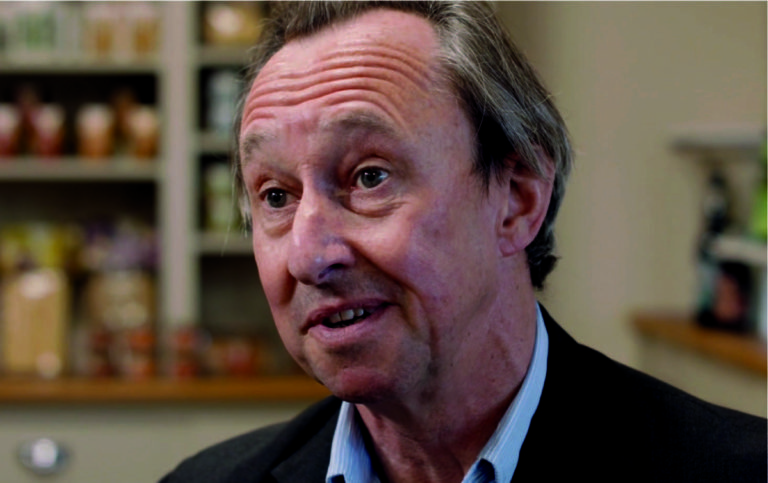Paper #5 | The first part of a position: Space
The most successful brands take positions from the inside out. They root their position in what the brand does and a set of deeply held beliefs about why it exists. Rather than being transplanted in, the position is something that the leadership truly believes in and champions across every area of the organisation. At Squad, we have a method for defining positions in this way, which consists of three parts. These will be covered in the next four papers. First up is space, which is about defining where the brand competes.
The two questions that determine a brand’s space
A brand’s space in the market is the result of answering two questions. First, what is the offer? Second, which audience is the offer for? A unique space is the result of answering these questions differently to anyone else. A brand could have the same offer as competitors, but target a different audience. For example, by taking an existing product or service to a different country. Or a brand could serve the same audience, but provide a different product or service for them. Perhaps one that is superior in performance or cheaper in price.

Three examples of finding a unique space
Sony PlayStation found a unique space through targeting a different audience. In the 1990s, the games console market was dominated by two global superbrands – Nintendo and Sega – who between them controlled over 90% of the market. In 1995, Sony PlayStation entered the market. At the time, video games in Europe were primarily thought of as being for young children. PlayStation created a unique position by targeting teenagers and young adults. Their marketing focused on the intensity of the gaming experience.
Brands like easyJet and Dyson have built powerful positions by targeting existing audiences with different offers. A much cheaper price in exchange for a no-frills service, in the case of easyJet. In the case of Dyson, a superior product for a premium price.
Cirque du Soleil achieved differentiation through both offer and audience. When Cirque du Soleil was founded in 1984, the circus industry was in long-term decline. Children made up the core audience for circuses, but were being lured away by computer games and television. Rather than try to compete for this audience, Cirque du Soleil went after a different market. They targeted customers of other forms of entertainment such as opera, theatre and ballet, and in particular the corporate market with its deep pockets. To appeal to these audiences Cirque du Soleil totally reimagined its offer. It created breathtaking set designs with the audience seated on all sides. There were stunning costumes, magical lighting and original music. And all of it animal free. Within 20 years of launching, Cirque du Soleil achieved revenues equivalent to those that the market leader, Ringling Bros and Barnum & Bailey, had taken a century to reach.

Space is the foundation of competitive advantage
Defining a brand’s space is the foundation on which competitive advantage is built. To deliver its offer to its audience, a brand will need to build a complex web of operations and activities. Take Ikea. It created a unique space in the furniture market by making modern designs attainable for price-conscious younger buyers. All of its decisions were guided by owning this position. Self-assembly products. Large stores with self-service warehouses attached. Play areas for the children of their young families. Ikea’s clarity of focus meant that over time its business reached a level where competitors simply couldn’t emulate it. The cost of copying all its interwoven activities became too great. It created a defendable competitive advantage.
Strategy is the art of sacrifice, and achieving a position like Ikea requires tough choices. In order to deliver on its offer, Ikea made decisions that would appeal to its audience but alienate others. Large showrooms that you have to walk all the way around. Self-service and self-assembly. Crowded stores with busy restaurants. There are plenty of people who are alienated by this, and choose to buy their modern furniture elsewhere for a considerably higher price.

Coming next
Plenty of business strategists and writers would consider space to be the essence of position. Books like Blue Ocean Strategy or the work of Michael Porter focus in detail on the space dimension of position. The most successful brands think about position more holistically – in terms of purpose and personality, as well as space. Cirque du Soleil captured this in their strapline: “Reinventing the circus”. Next in this series of Position Project Papers we’ll be focusing on the second dimension: purpose. If you can’t wait to start thinking about your own position, then our Position Power Tools are the ideal place to start – particularly our Calculator, which is a free self-assessment tool to measure the power of a brand’s position and assess its strengths and weaknesses. Available here.
Click below to download your Ignition Calculator
Download
Paper #4 | The process of finding, taking and sustaining a position
A moon rocket uses half of its entire fuel supply to go the first mile. It’s this initial burst of energy that creates the propulsion for it to leave the earth’s surface. The same is true with launching a position. Time and energy must be spent on crafting something powerful enough to create lift-off. But further growth is about how its driven across and through the brand.

Film & Podcast | George Vestey – Taking a position on family business
The Vestey family has an amazing history. The origins of their business stretch back to the docks of Liverpool in the 1890s. Over multiple generations they built a global empire. We talked to George as part of our Position Project; an ongoing exploration into the power of brand positions and the stories behind them.


